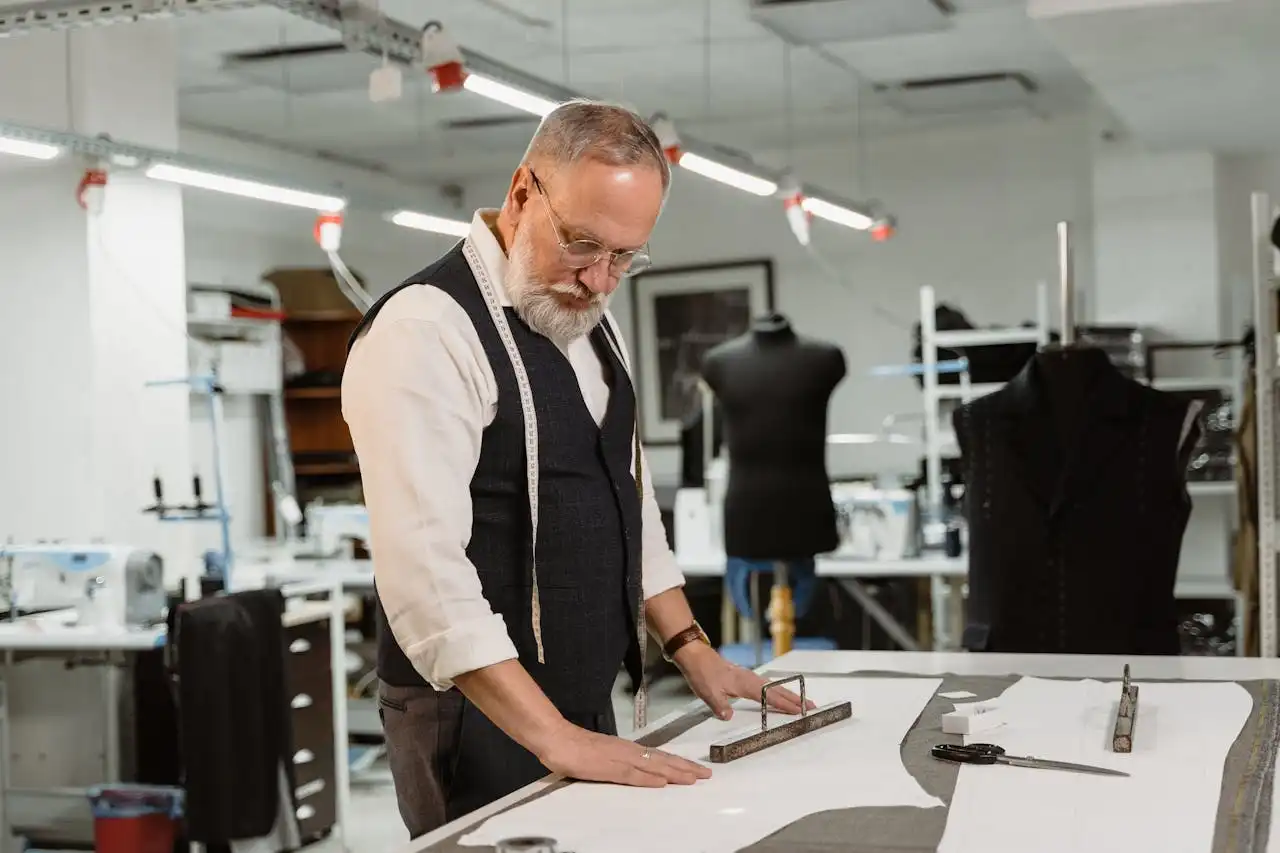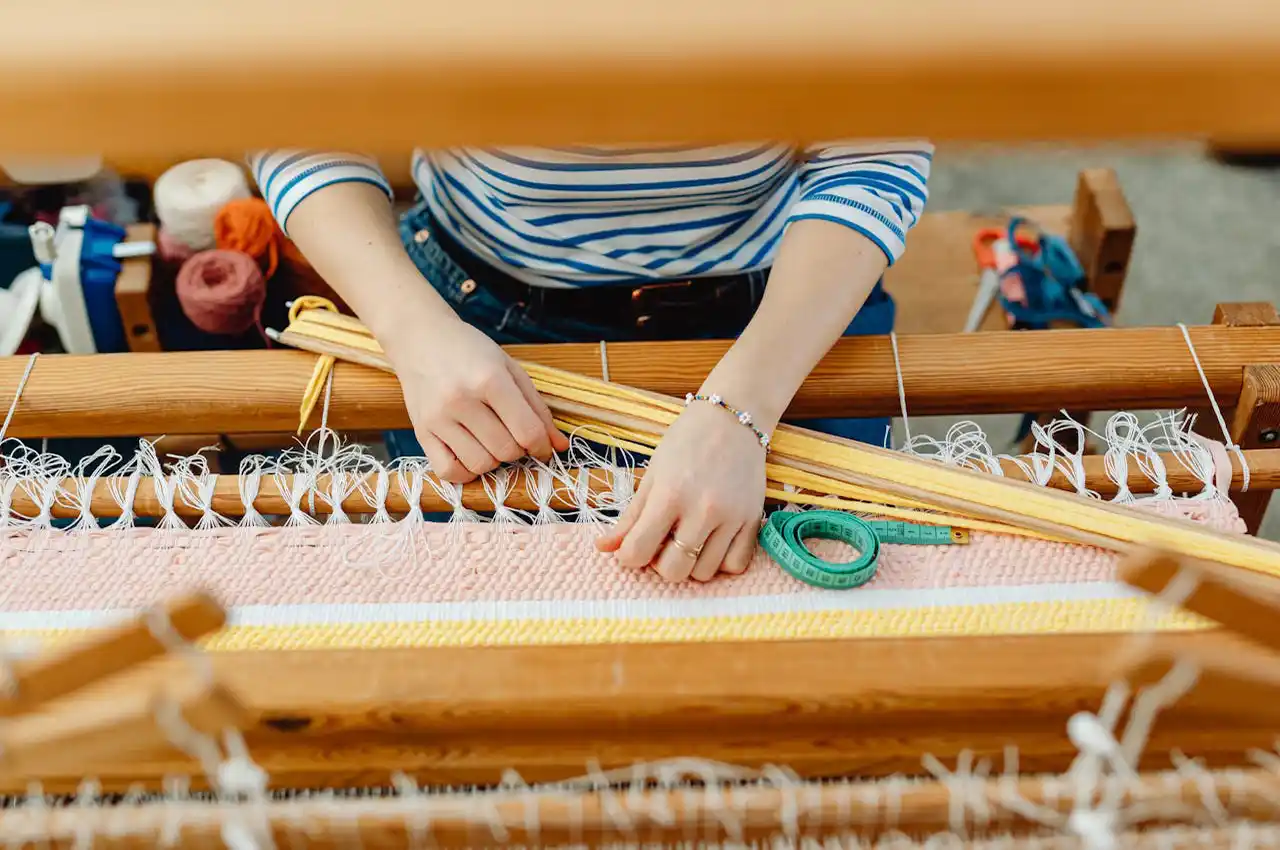The fashion industry, traditionally notorious for its environmental impact, has been experiencing a significant shift toward eco-friendly and sustainable practices. As consumers become more aware of the environmental and social implications of their clothing choices, brands and designers are increasingly adopting sustainable methods to meet this growing demand. This article explores some of the key trends in eco-friendly and sustainable fashion that are shaping the industry today.
Sustainable Materials
One of the most prominent trends in sustainable fashion is the use of eco-friendly materials. Traditional fabrics like cotton and polyester are resource-intensive and often involve harmful chemicals. In contrast, sustainable fashion brands are turning to organic cotton, hemp, bamboo, and Tencel (made from sustainably harvested wood pulp). These materials require fewer pesticides, water, and energy, significantly reducing their environmental footprint. Additionally, innovative fabrics like Piñatex (made from pineapple leaves) and Mylo (a mushroom-based leather alternative) are gaining popularity as they offer sustainable options without compromising on quality or aesthetics.
Circular Fashion
Circular fashion is an emerging trend that aims to minimize waste and maximize the lifecycle of garments. This approach includes practices like recycling, upcycling, and designing for longevity. Brands are creating clothing from recycled materials and encouraging consumers to recycle or repurpose their old garments. Upcycling, the process of transforming old or discarded items into new products, is also gaining traction, with designers creatively reimagining vintage pieces into modern, stylish apparel. Moreover, the concept of clothing rentals and resale platforms is growing, allowing consumers to extend the life of their wardrobe items and reduce the demand for new production.
Ethical Production
The ethical production of garments is another critical aspect of sustainable fashion. This trend emphasizes fair labor practices, safe working conditions, and fair wages for workers in the fashion supply chain. Brands are increasingly transparent about their manufacturing processes and are partnering with certified factories that adhere to ethical standards. Organizations like Fair Trade and the Ethical Trading Initiative play a crucial role in certifying and promoting these practices. By ensuring that workers are treated fairly and ethically, brands can produce clothing that is not only environmentally sustainable but also socially responsible.
Slow Fashion
Slow fashion advocates for a more thoughtful and intentional approach to clothing consumption. Unlike fast fashion, which encourages rapid production and disposal of cheap, trend-driven items, slow fashion focuses on quality, timeless designs, and durability. This trend encourages consumers to invest in fewer, higher-quality pieces that can be worn for years, reducing the overall demand for new clothing. Brands adopting slow fashion principles often produce limited collections, use high-quality materials, and prioritize craftsmanship, ensuring that each piece is made to last.
Technological Innovations
Technological advancements are playing a significant role in the evolution of sustainable fashion. From 3D printing to biodegradable fabrics, technology is enabling more sustainable production methods. 3D printing, for example, allows for precise and efficient garment creation with minimal waste. Similarly, advancements in dyeing techniques, such as waterless dyeing, reduce the environmental impact of traditional dyeing processes. Moreover, smart textiles and wearable technology are opening new possibilities for sustainability, with garments that can monitor environmental conditions or adapt to different climates, reducing the need for multiple clothing items.
Conclusion
The trends in eco-friendly and sustainable fashion represent a transformative shift in the industry. As brands and consumers increasingly prioritize sustainability, the fashion landscape is evolving towards more responsible practices that consider both environmental and social impacts. By embracing sustainable materials, circular fashion, ethical production, slow fashion, and technological innovations, the fashion industry is paving the way for a more sustainable future. This shift not only addresses the urgent environmental challenges but also sets a new standard for how fashion can be both stylish and sustainable.




